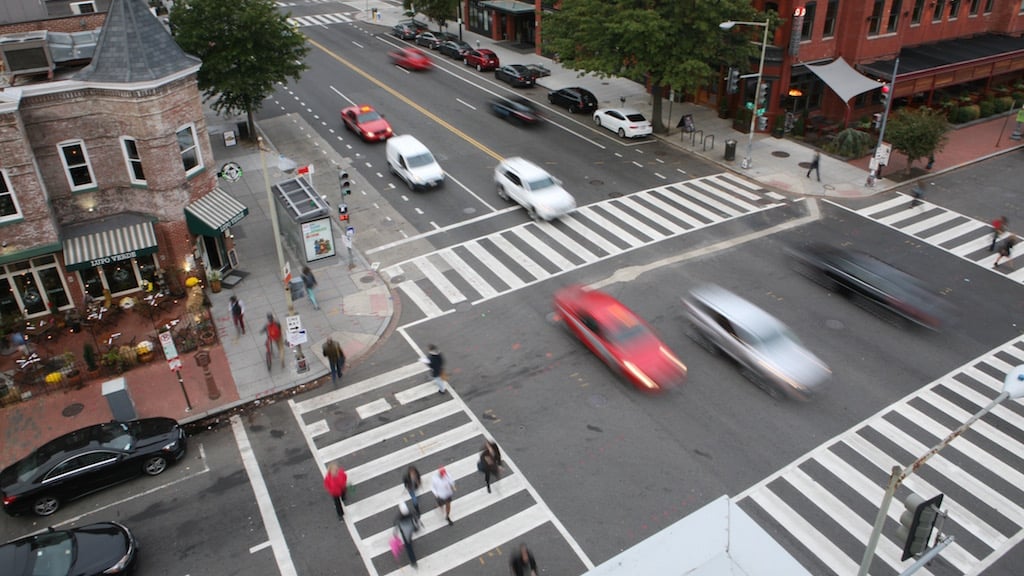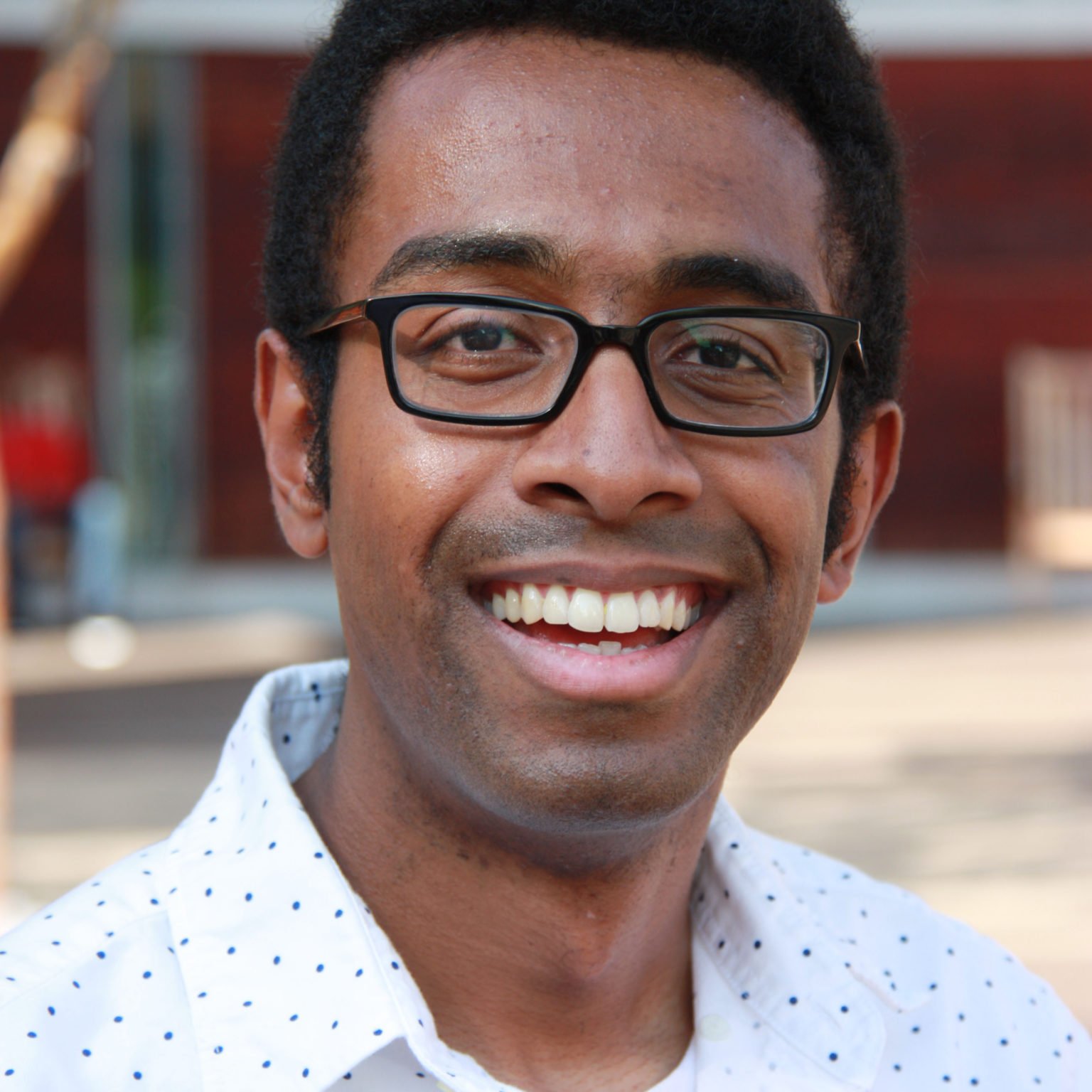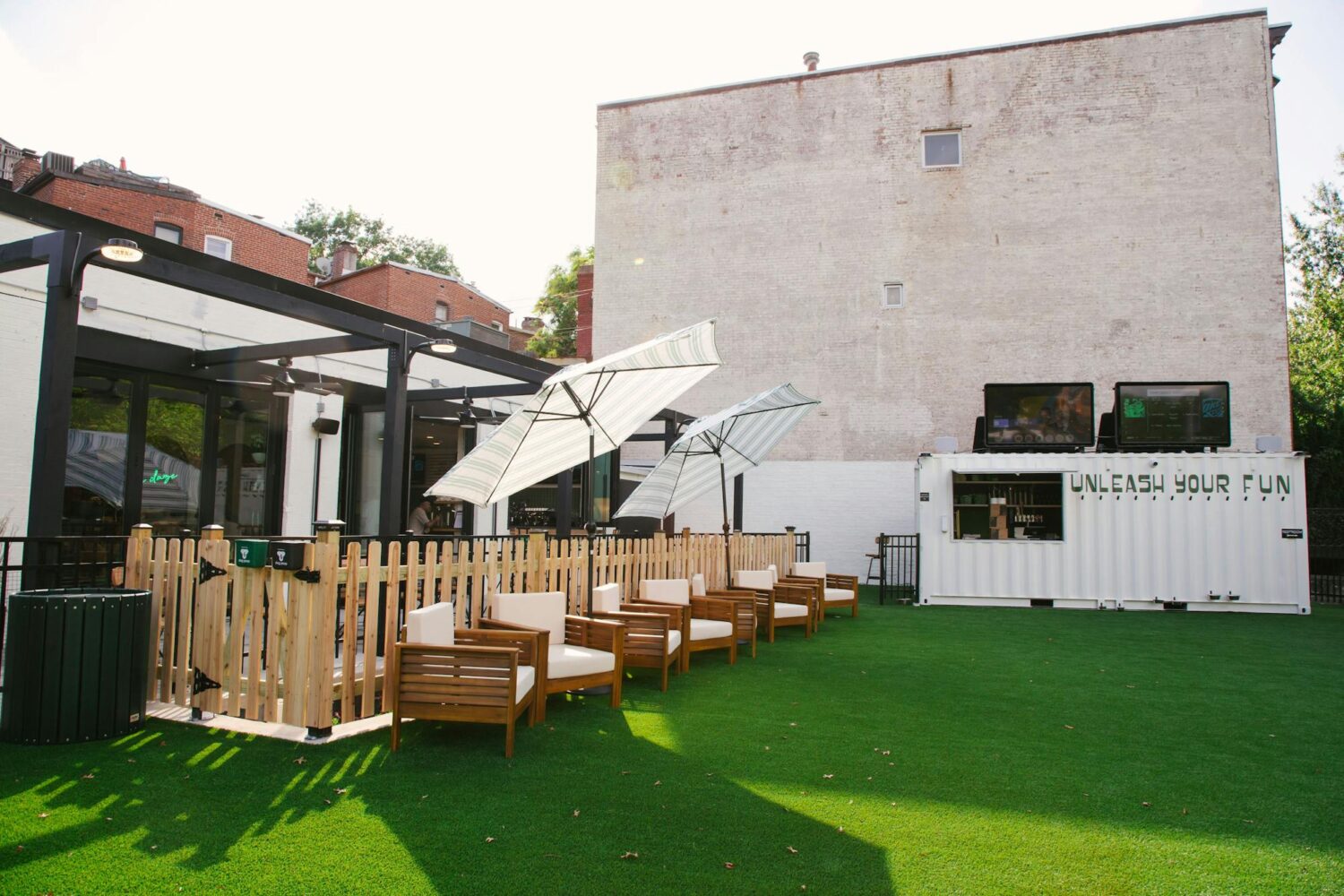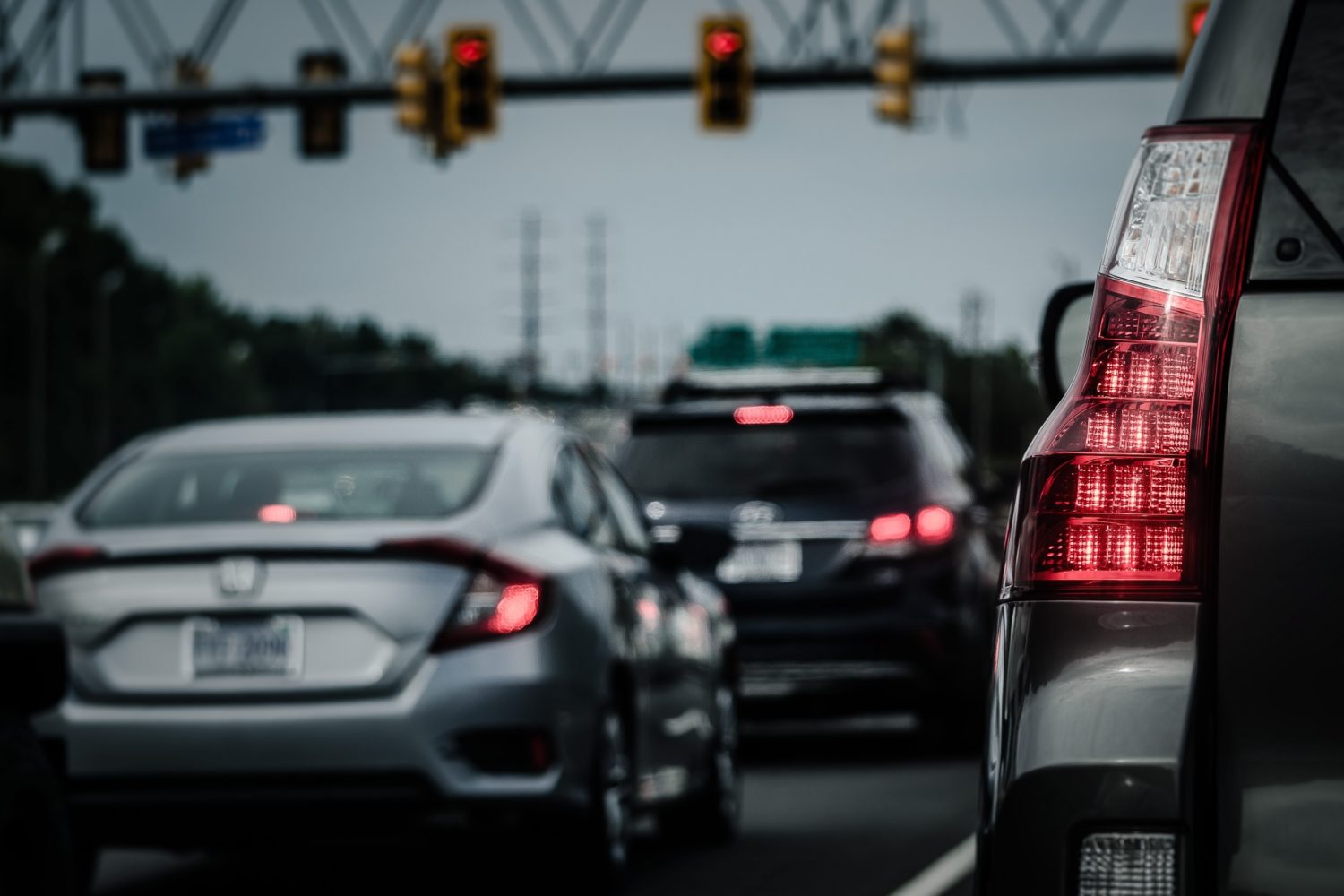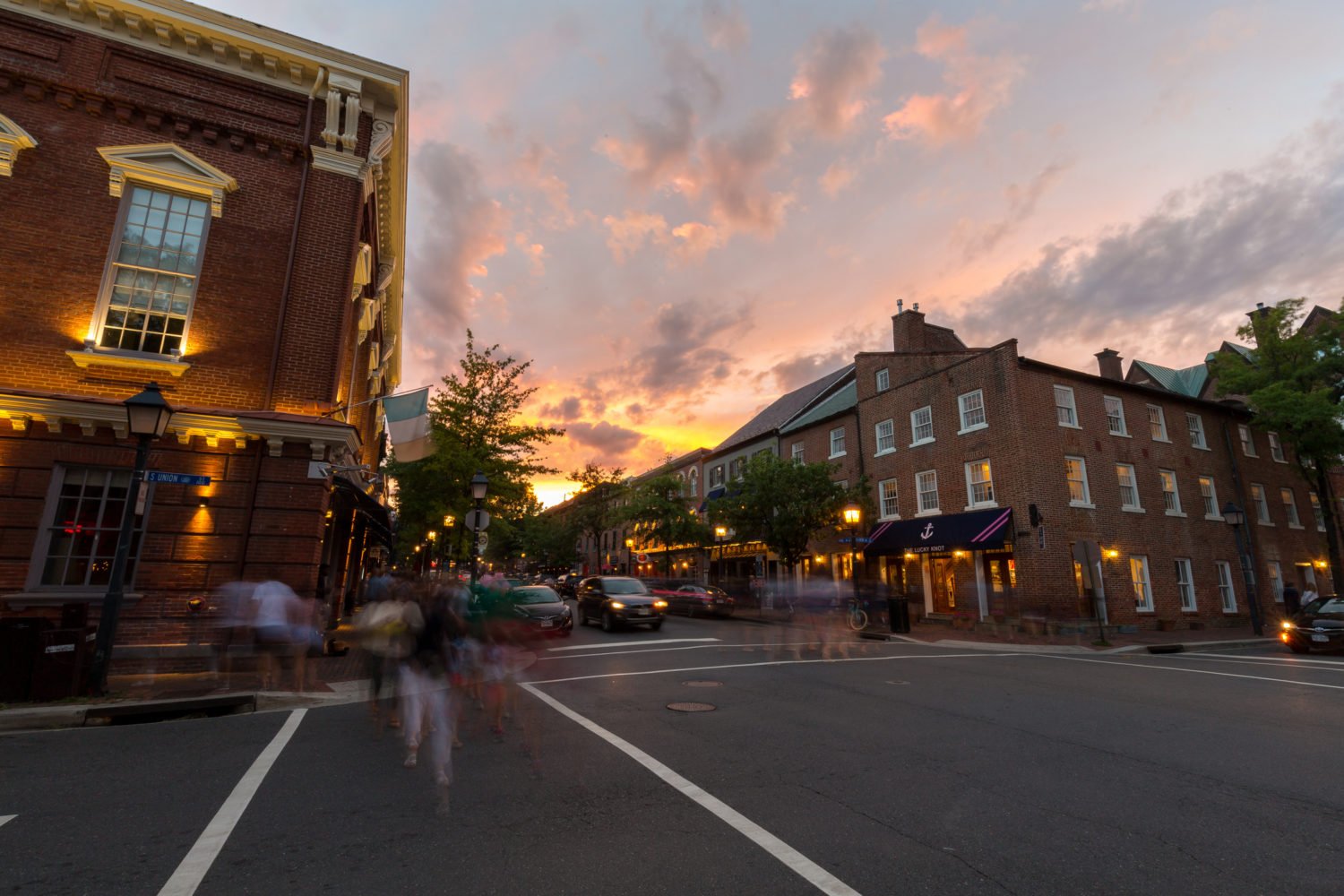As soon as the leaves start to turn, one of my favorite things to do is to go for long walks up 14th Street from my office on Franklin Square. On the right day, when the air is crisp and the sun is still out, I can walk for miles without really noticing the distance. But as I stroll north through Logan Circle, past U Street, and into Columbia Heights, there’s always something to look at. I may run into friends crowding bar patios, scan the schedule board outside the Black Cat, admire the new Whitman-Walker clinic’s dramatic metal-and-glass facade, dream about buying the midcentury-modern couch in West Elm’s window, or check out what’s happening on the plaza at 14th and Park with the big fountain.
Amid this reverie, it’s hard to remember that 40 years ago, my uncle used to stroll along this street in a different way, as a vice cop in what was a red-light district.
There are lots of reasons why seedy 14th Street transformed itself into today’s stretch of eateries and boutiques: an influx of young professionals, an economy that has made investors eager to park money here, a generation of restaurateurs who are pushing the envelope, a concerted government plan to bring 100,000 new residents to town.
But one other thing happened that got much less attention: The city enacted policies that made 14th a much less pleasant place to drive. I’d argue that this represents a reason why the street of today is such a great place to wander, shop, and live.
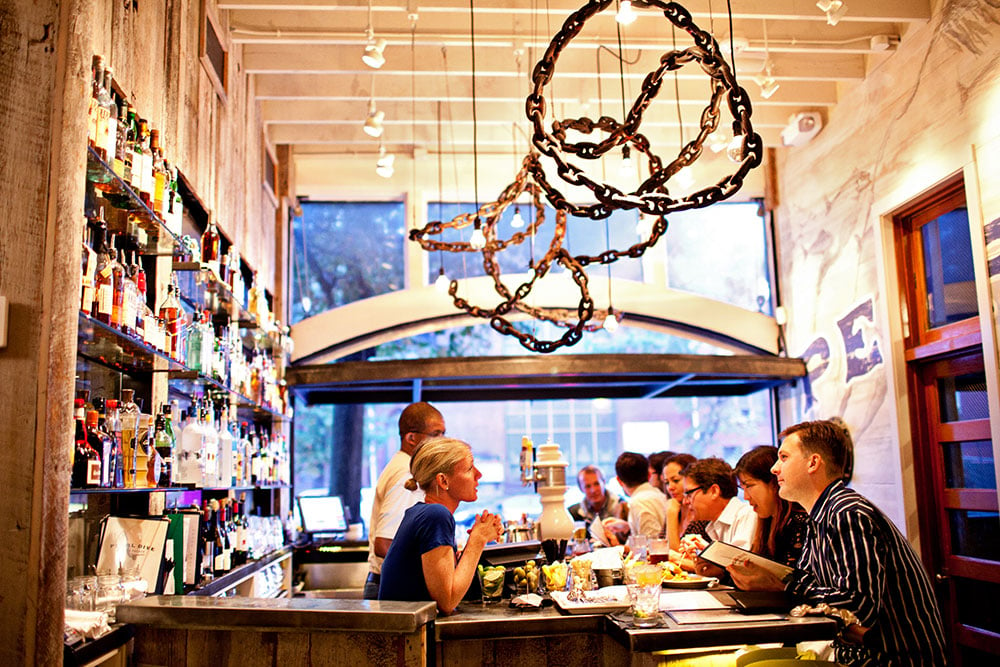
The foot of the 14th Street Bridge is basically an off-ramp for traffic arriving from Virginia, but as the street opens into a big DC thoroughfare, it becomes a slog almost immediately. The speed limit drops. Stoplights appear every block. Seven lanes shrink to four and, eventually, two. That is if one of them isn’t blocked by a delivery truck.
It didn’t use to be like this. Until the 2000s, 14th Street had six lanes as far north as Columbia Heights, a wide-open space for drivers headed to upper Northwest or Maryland. Then the DC Department of Transportation rebuilt the corridor, replacing sidewalks, installing new streetlights, adding bike lanes, and, most significant, taking away driving lanes. In urban-planning lingo, this is known as a “road diet.”
Like any diet, you can see the results on a tape measure. Today, if you measured the distance from the front door of Trade, a bar in the 1400 block, to the front door of Da Hong Pao, a Cantonese place across the street, it would read just about 100 feet. Of those 100 feet, 34 make up sidewalks, 16 go to parking spaces, and 10 go to bike lanes. Just 40 feet—less than half the public space—is reserved for driving. In DC and environs, that’s a rather unusual ratio.
The diet led to a street that’s a much more comfortable place for people to stroll than it was when my uncle was busting drug dealers and streetwalkers. The wide sidewalks make it easy for groups to walk next to each other or for diners to enjoy al fresco meals free of intrusion. But they’re also just narrow enough that they feel a little crowded, which creates a sense of energy and excitement. Business owners, aware of thousands of potential shoppers outside their doors, have an incentive to make elaborate window displays. Meanwhile, parking and bike lanes provide ample buffer from traffic. All of these visual and aural stimuli make walking on 14th its own form of entertainment—and give drivers plenty of cues to slow down and pay attention.
Conventional wisdom would say that taking away lanes on 14th Street is a traffic disaster and that whoever proposed such an idea should be fired. Lots of officials share this view, including DC Council member Jack Evans, who lobbied to end a similar scheme on Wisconsin Avenue in Glover Park because, he complained, it made it harder to drive his kids to school. Or Maryland transportation secretary Pete Rahn, who griped a few months ago that planners have a policy to create traffic.
But that logic assumes that the main job of planners is to avoid traffic. Is it? Post-diet, 14th Street has more economic activity than ever—surely something governments also ought to think about. Ditto safety, an area in which there’s a growing body of evidence that road diets make sense: Streets with fast-moving traffic are very dangerous, even for non-drivers. (People on foot are about twice as likely to die if they’re hit by a car going 40 miles an hour as opposed to 30.) There are less tangible effects, too. Urban planner Donald Appleyard found that people living on busier streets are less likely to socialize on the sidewalk and that they have fewer friends. Fourteenth Street’s existence as a social hub depends on slow traffic.
The key for decision-makers is defining what makes a successful street: Is it the ability to move many cars really fast to some other location? Or giving people a reason to come to a place—to live, work, shop, and, most important, spend money and provide tax revenue?
Fourteenth Street managed to do both, sort of. Over the past ten years, thousands of new homes have been built and scores of businesses have opened on or near the corridor, resulting in significant economic development. Meanwhile, traffic went down. In 2006, before the renovations, 14th Street near U Street carried 22,900 vehicles a day. In 2014, it carried 21,100 cars, even with a dramatic increase in activity nearby.
As long as there are cars, we have to have streets. But there’s a lot of wisdom in allocating a little more of our driving space to other things. Look at the well-loved roads in neighborhoods around Washington, such as Barracks Row on Capitol Hill or King Street in Old Town, and you’ll find that many were either created narrow or, like Route 1 in Hyattsville, got that way through a road diet.
We’ve made DC and the surrounding region a little harder to drive in, but in return we’ve made better streets. And—especially when it’s autumn and I feel like walking—that’s a tradeoff I can live with.
This article appears in the December 2016 issue of Washingtonian.

